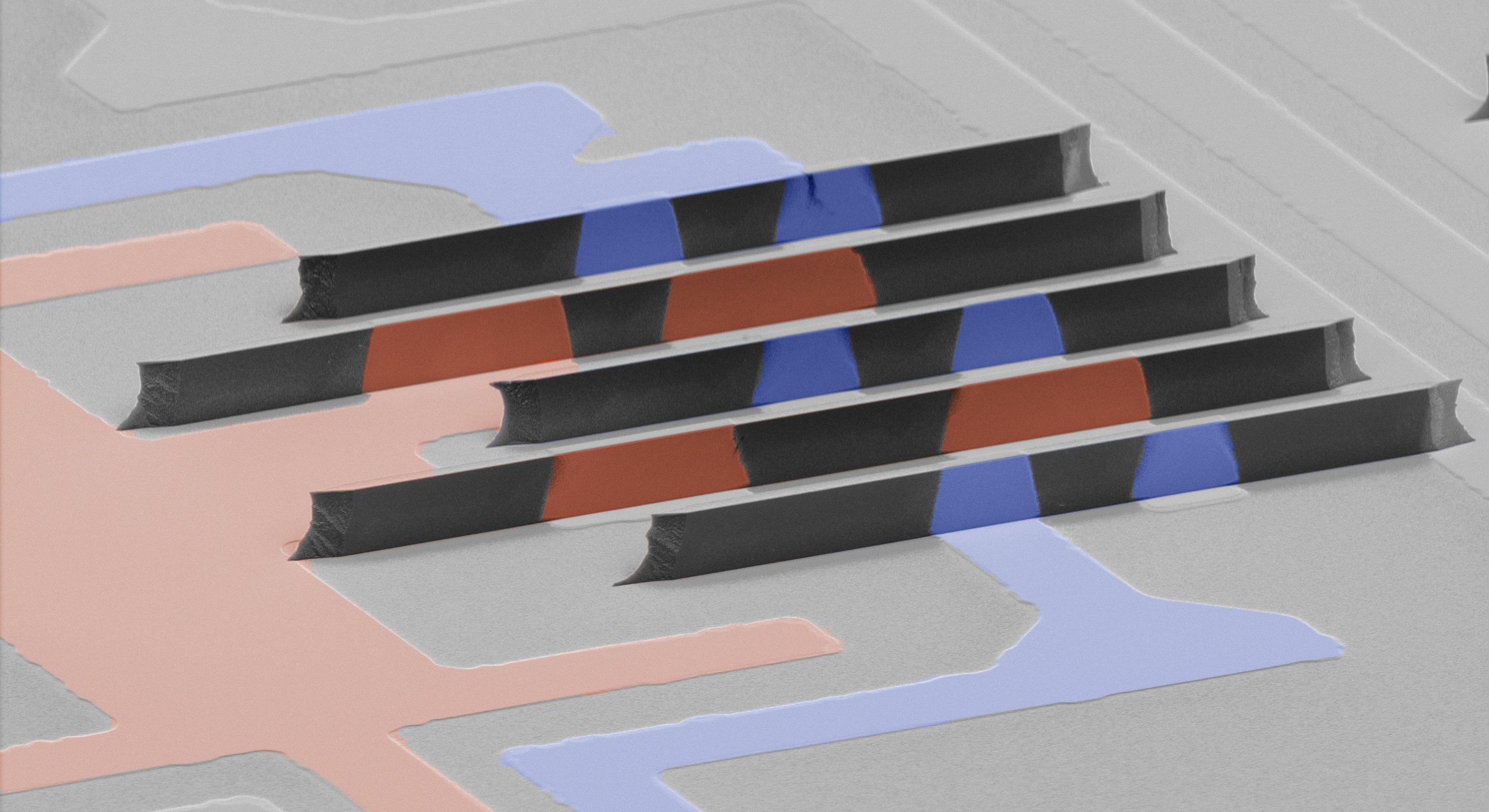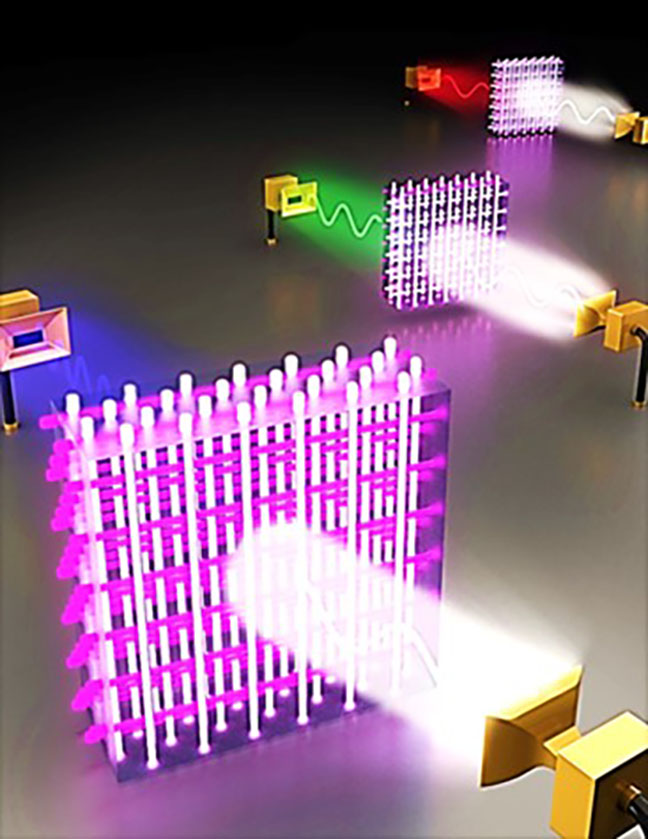Scientists at the University of Florida have pioneered a method for using semiconductor technology to manufacture processors that significantly enhance the efficiency of transmitting vast amounts of data across the globe.

news, journals and articles from all over the world.

Scientists at the University of Florida have pioneered a method for using semiconductor technology to manufacture processors that significantly enhance the efficiency of transmitting vast amounts of data across the globe.
Imagine a stretchable and durable sensor patch for monitoring the rehabilitation of patients with elbow or knee injuries, or an unbreakable and reliable wearable device that measures a runner’s cardiac activities during training to prevent life-threatening injuries.
South Korean researchers have made a groundbreaking discovery that enables wireless communication below the Earth’s surface, a significant departure from their traditional focus on terrestrial communication systems.
NYU WIRELESS, a leading research center in wireless communications at the New York University Tandon School of Engineering, today announced the launch of NYUSIM 4.0, the world’s first wireless channel simulator capable of generating real-world wireless channels above 100 GHz.
A wireless technology that is helping people find their keys and wallets could one day be used for precise and real-time 3D motion capture, thanks to upgrades developed by electrical engineers at the University of California San Diego. The team’s new work improves on ultra-wideband (UWB) wireless technology so that it is faster, extremely low power and able to provide high accuracy in 3D localization.
A new technology developed by electrical engineers at UC San Diego might one day allow more people to have access to 5G connectivity that provides ultra-fast download speeds along with widespread, reliable coverage—all at the same time. The technology enables millimeter wave signals to overcome blockages while providing high throughput.
Research to harness commonplace errors in wireless devices to make them usable and provide for better security and efficiency has won a University of Alabama in Huntsville (UAH) assistant professor of electrical and computer engineering a five-year, $500,000 National Science Foundation (NSF) CAREER award.
Scientists from MIPT, Moscow Pedagogical State University and the University of Manchester have created a highly sensitive terahertz detector based on the effect of quantum-mechanical tunneling in graphene. The sensitivity of the device is already superior to commercially available analogs based on semiconductors and superconductors, which opens up prospects for applications of the graphene detector in wireless communications, security systems, radio astronomy, and medical diagnostics. The research results are published in a high-rank journal Nature Communications.

Several countries are building futuristic communication systems using higher frequency electromagnetic waves to transfer more data at faster rates, but they have lacked network components to handle these higher bandwidths. Researcher J. Gary Eden proved his new device can rapidly switch functionality to perform the varied tasks needed to support a network with carrier frequencies of over 100 gigahertz. The miniscule-scale architecture concealed within the sugar cube blocks is described in Applied Physics Reviews.